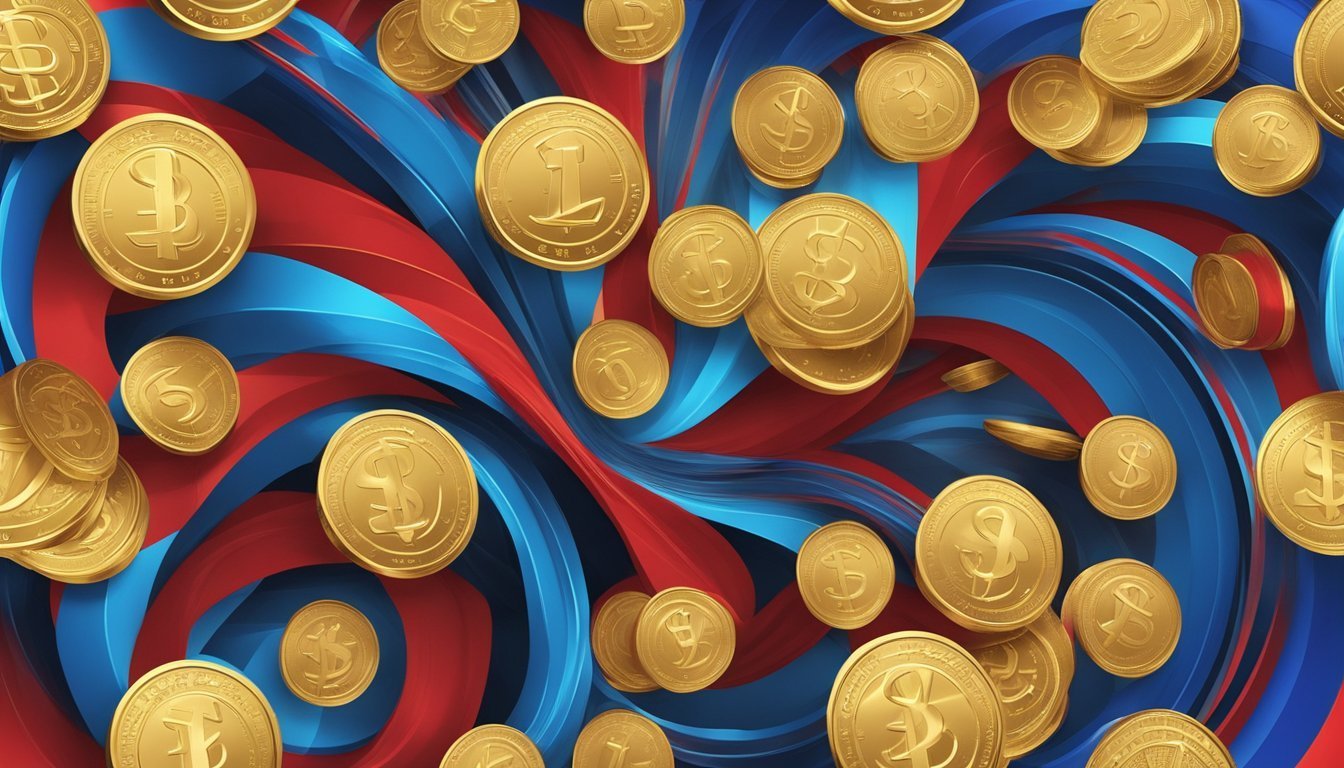Last Friday, just a few days before President Donald Trump’s highly anticipated second inauguration, an intriguing event unfolded: the launch of a new cryptocurrency known as $TRUMP, a meme-inspired coin.
The launch sparked celebrations as $TRUMP’s value skyrocketed over the weekend, surging by more than 300%.
By Thursday of that week, its market capitalization had reached an impressive $7 billion, with approximately 200 million of its one billion total tokens currently in circulation.
The remaining 800 million are held by entities associated with the Trump Organization—Fight Fight Fight and CIC Digital.
This dramatic rise positions Trump with a theoretical stake that could exceed $30 billion, overshadowing his estimated net worth of between $7.5 and $10 billion, though these estimates are largely hypothetical.
Meme Coins and Market Dynamics
Meme coins, though wildly popular, often prove to be ephemeral, leaving confused investors in their wake rather than the creators.
This trend is likely why the $TRUMP website prominently displays a disclaimer that describes the coin as a form of art rather than a conventional investment.
It reiterates that while $TRUMP is designed to embody the values and ideals it stands for, it should not be viewed as an investment opportunity.
In the cryptocurrency landscape, meme coins are generally characterized by their lack of practical functionality, often emerging from internet humor, unlike cryptocurrencies such as Ether, which serve specific roles within the Ethereum blockchain’s ecosystem.
Artistic Classification and Regulatory Navigation
On Tuesday, Georg Bak, a digital art advisor and co-founder of The Digital Art Mile art fair, praised the notion of categorizing $TRUMP as a work of art.
He argued that its value could eclipse that of Leonardo da Vinci’s renowned “Salvator Mundi,” which sold for $450 million in 2017.
In his view, $TRUMP might be considered the most valuable artwork ever created.
Bak described its holders as legitimate co-owners of this invaluable piece, observing that the situation is both captivating and somewhat absurd.
He noted that while many cryptocurrencies encounter heavy regulatory scrutiny, the artistic framing allows meme coins significant leeway.
In a conversation with ARTnews, Bak elaborated on the perspective of classifying $TRUMP as art.
He suggested that this classification could serve as a strategic effort to sidestep potential legal pitfalls and comply with regulatory norms.
By positioning $TRUMP as an art piece, its creators may bypass challenges associated with securities classification, which entails strict adherence to regulatory requirements.
Connecting Cryptocurrency and Art
Historically, the intersection of cryptocurrency and art isn’t entirely new.
An example is artist Sarah Meyohas, who debuted BitchCoin in 2015, connecting each token to her photographic works.
Unlike the usual impersonal nature of art investments, Meyohas’ model allowed collectors to invest directly in her artistic identity.
The NFT realm, exemplified by collections like Bored Ape Yacht Club and CryptoPunks, further illustrates how cryptocurrency can coexist within the art world.
While NFTs signify ownership, meme coins like $TRUMP primarily denote unique tokens without adhering to traditional frameworks of art ownership.
The initial buzz surrounding $TRUMP may just be the start.
Shortly after its debut, First Lady Melania Trump launched her own meme coin, $MELANIA, which also claims to be an artwork and has quickly garnered a market cap of $474.5 million.
Interestingly, Trump himself appeared somewhat aloof regarding the excitement surrounding the launch, commenting to reporters about only being aware of its success.
While the $TRUMP team hasn’t elaborated on the artwork classification, the cryptocurrency landscape continues to evolve, merging creativity with finance in unprecedented ways.


